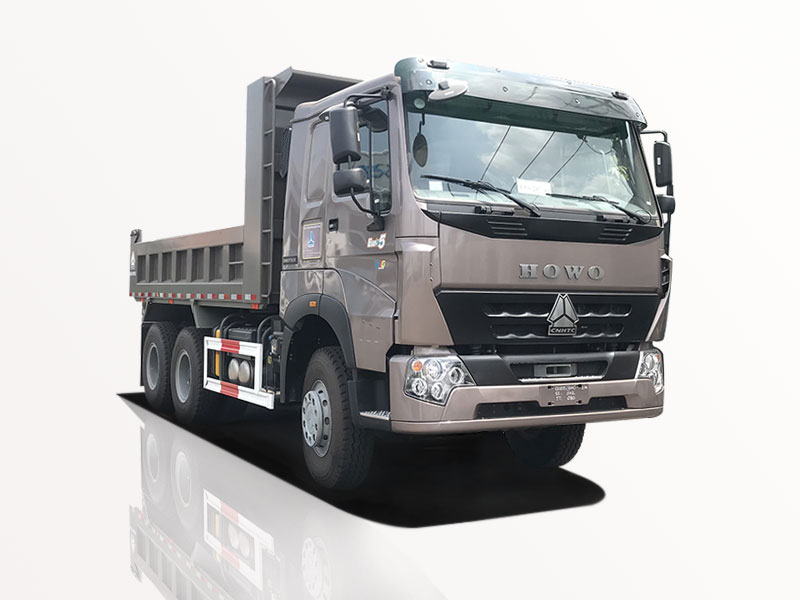Garbage is an inevitable byproduct of human activity, and understanding its different types is crucial for effective waste management. In this article, we will explore various classifications of garbage, including their characteristics, disposal methods, and tips for reducing waste. Our goal is to equip you with the knowledge to better manage your waste responsibly.
Table of Contents
- Definition of Garbage
- Municipal Solid Waste
- Hazardous Waste
- Industrial Waste
- Organic Waste
- Construction and Demolition Waste
- E-Waste
- Medical Waste
- Recyclable Materials
- Tips for Managing Garbage
- FAQ
Definition of Garbage
Garbage consists of materials that are discarded because they are no longer useful or needed. It encompasses various types of waste generated from households, businesses, and industries. Understanding the characteristics of each type of garbage is vital for effectively managing waste and minimizing environmental impact.
Municipal Solid Waste
Municipal solid waste (MSW) is the waste generated from residential, commercial, and institutional sources. It includes everyday items that are discarded, such as:
Characteristics of Municipal Solid Waste
- Commonly produced by households and businesses
- Includes organic and inorganic materials
- Often targeted for recycling and composting initiatives
Types of Municipal Solid Waste
| Type | Examples |
|---|---|
| Organic Waste | Food scraps, yard waste |
| Recyclables | Papers, plastics, metals |
| Common Household Items | Furniture, appliances |
Hazardous Waste
Hazardous waste poses significant risks to human health and the environment due to its toxic, explosive, or corrosive nature. This category includes:
Characteristics of Hazardous Waste
- Contains harmful substances
- Requires special disposal methods
- Regulated by government agencies
Examples of Hazardous Waste
- Pesticides
- Paints and solvents
- Chemicals from laboratories
- Old batteries
Disposal Methods
Hazardous waste should be disposed of through designated facilities that can safely handle such materials, including:
- Hazardous waste treatment plants
- Incineration under controlled conditions
- Landfills designed for hazardous waste
Industrial Waste
Industrial waste comes from manufacturing processes and industries. This type of waste can vary greatly in composition depending on the industry.
Characteristics of Industrial Waste
- Generated by various industries
- Includes raw materials, by-products, and finished products
Types of Industrial Waste
| Type | Examples |
|---|---|
| Manufacturing Waste | Scrap metals, plastics |
| Process Waste | By-products from chemical production |
Organic Waste
Organic waste consists of biodegradable materials that come from natural sources. It is significant for composting and reducing landfill contributions. This category includes:
Sources of Organic Waste
- Food waste (fruits, vegetables, and leftovers)
- Yard waste (grass clippings, leaves)
- Animal waste
Benefits of Composting Organic Waste
Composting organic waste helps divert it from landfills and creates nutrient-rich soil. Here are some benefits:
- Reduces greenhouse gas emissions
- Conserves water by improving soil quality
- Encourages biodiversity in gardens
Construction and Demolition Waste
Construction and demolition (C&D) waste is generated during the construction, renovation, and demolition of structures.
Types of C&D Waste
- Concrete and bricks
- Wood and metal
- Asphalt and insulation
Management of C&D Waste
Proper management of C&D waste can significantly reduce landfill contributions. Tips include:
- Recycling materials when possible
- Donating reusable materials
- Implementing waste management plans before starting projects
E-Waste
E-waste refers to discarded electrical and electronic devices. With rapid technological advancement, e-waste is becoming a significant environmental concern.
Examples of E-Waste
- Old computers and laptops
- Televisions and smartphones
- Batteries and chargers
Disposal and Recycling of E-Waste
Proper disposal of e-waste is essential to prevent hazardous materials from contaminating the environment. Consider:
- Utilizing certified e-waste recycling centers
- Returning products to manufacturers for recycling programs
- Participating in community e-waste collection events
Medical Waste
Medical waste includes materials generated from healthcare facilities that could pose health risks.
Types of Medical Waste
- Sharps (needles, blades)
- Biological waste (human tissues, organs)
- Pharmaceutical waste (unused medications)
Management Practices
Medical waste requires highly controlled treatment and disposal methods:
- Incineration for complete destruction of hazardous materials
- Autoclaving for sterilization of materials
- Segregation of waste at the source
Recyclable Materials
Recyclable materials are items that can be processed and made into new products, reducing the need for raw materials. Common recyclable materials include:
Common Recyclables
- Paper and cardboard
- Plastics (types 1 and 2)
- Glass and metals
Recycling Best Practices
To maximize recycling efforts, consider these tips:
- Clean recyclables thoroughly before disposal
- Avoid mixing recyclables with non-recyclable waste
- Stay informed about local recycling guidelines
Tips for Managing Garbage
Managing garbage effectively is essential for environmental sustainability. Here are some practical tips:
Reduce and Reuse
- Opt for products with minimal packaging
- Repurpose items instead of discarding them
Practice Responsible Disposal
- Always use designated waste bins
- Participate in local clean-up efforts
Educate Others
Spreading awareness about the types of garbage and proper disposal methods can foster community involvement in waste management.
FAQ
What is the most common type of garbage?
The most common type of garbage is municipal solid waste, which includes everyday items from households and businesses.
How can I reduce organic waste at home?
You can reduce organic waste by planning meals, composting, and utilizing leftovers creatively.
Are there special rules for disposing of hazardous waste?
Yes, hazardous waste must be disposed of through designated facilities that comply with regulations to ensure safety.
What recycling materials should not be mixed?
Recyclables should not be mixed with food waste, sharp objects, or non-recyclables to avoid contamination.
How do I know what is hazardous waste?
Check local guidelines or labels on products; materials labeled as toxic, corrosive, or flammable are typically considered hazardous.
Can I recycle e-waste at home?
It is best to take e-waste to a certified recycling center rather than attempting to recycle it at home, as it often contains hazardous materials.





